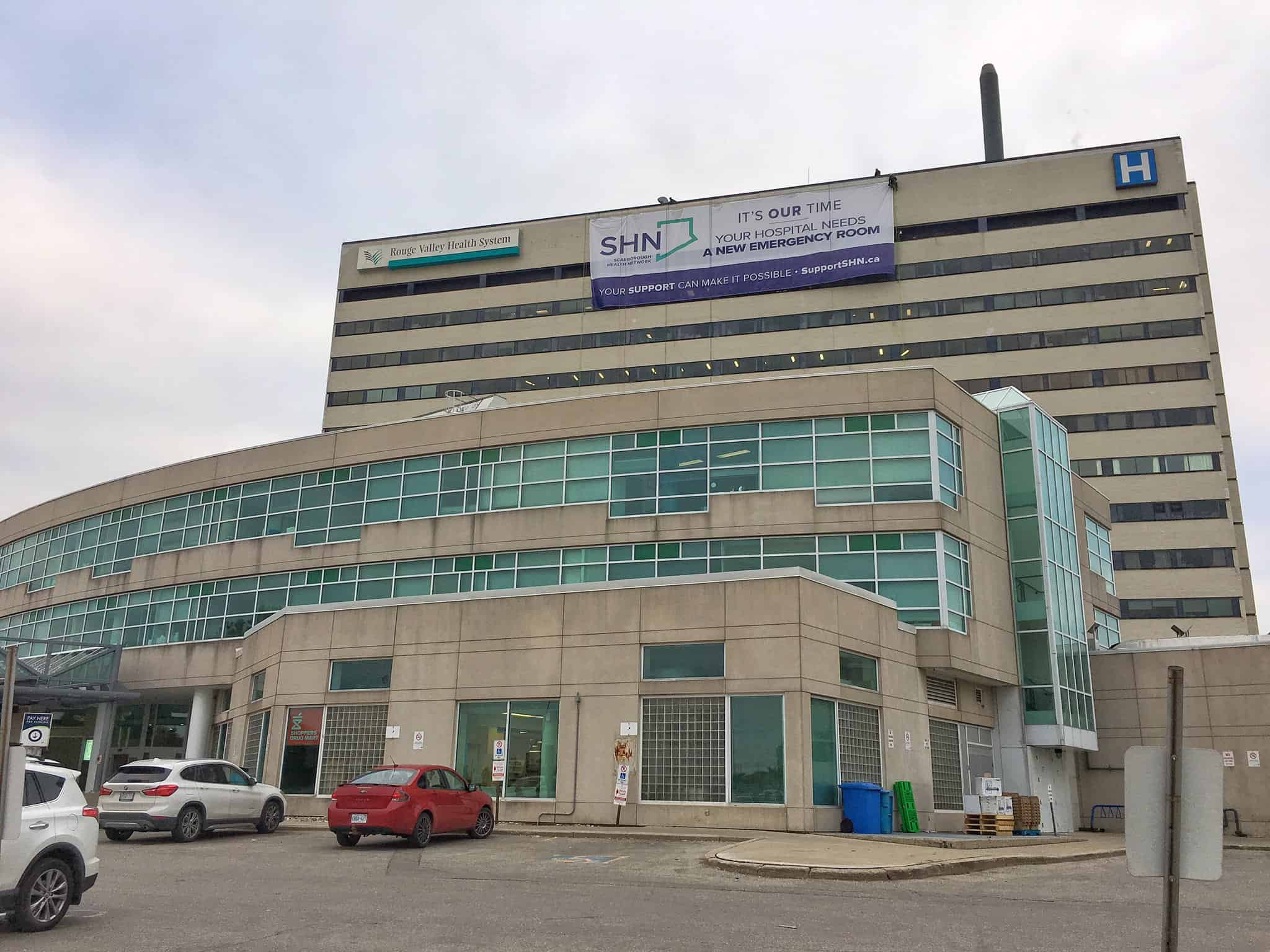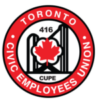Personal support worker and paramedic groups alarmed as PSWs tapped to monitor patients awaiting hospital care
By Alan S. Hale
January 6, 2023
Source: https://www.politicstoday.news
At least two Toronto hospitals are resorting to using personal support workers (PSWs) to watch patients who were dropped off by an ambulance so paramedics can get back on the road, Queen’s Park Today has learned — despite the fact that PSWs cannot provide medical care.
The move has alarmed both paramedics and PSWs.
“I work in the east end of the city and I can tell you there are at least two hospitals (Scarborough General and Scarborough Centenary) deploying PSWs there, which can be problematic because they are not able to take complete vital signs. They’re just there to keep an eye on the patient,” paramedic Charles Labelle, who is also a steward of the Toronto Civic Employees Union Local 416, told Queen’s Park Today.
(Labelle noted that “not all hospitals are deploying PSWs.”)

The Scarborough Health Network Centenary Hospital, along with Scarborough General Hospital, are relying on personal support workers to watch patients dropped off by an ambulance so paramedics can get back on the road. (Twitter/Scarborough Health Network Foundation)
Even when PSWs do have some medical training, they are generally forbidden from providing medical attention in hospitals because it is outside their scope of practice.
Because of this, Labelle said only “very low-acuity” patients are being attended to by PSWs at the facilities in question.
Another Toronto paramedic who spoke to Queen’s Park Today on the condition of anonymity said they are comfortable handing off patients to PSWs when their condition is stable and they are able to communicate their needs.
However, in some instances patients who needed cardiac monitoring or other vital signs observed had been offloaded to PSWs, when they should have been placed in the care of a nurse or a doctor.
“They are trying to shove people into care when there is no one to properly care for them,” they said.
When asked about the decision, a spokesperson for Scarborough Health Network confirmed that PSWs are being used as “additional supplement support for our patients” and that “an EMS nurse is still used,” but did not provide any more details.
“At Scarborough Health Network quality, safe patient care is our top priority,” said the hospital in a statement to Queen’s Park Today. “This allows paramedics to offload faster, while still maintaining the safest patient care.”
But sources also expressed concern to Queen’s Park Today about what qualifications these PSWs might have.
Personal support work is an unregulated profession, and while many have training from specialized post-secondary training programs, some hospitals have significantly lowered the bar for who can be hired to work as a PSW during the staffing crunch caused by the pandemic.
While a patient may seem to be low-acuity when they arrive, they may not always stay that way. A blood clot could migrate and quickly turn into a stroke, or a patient’s heart rate could rapidly decline, which can be deadly if it’s not being monitored.
Ontario Health Coalition director Natalie Mehra said PSWs should not be asked to do things that are outside their scope of practice.
“It’s not safe. Neither for the patient or the PSW,” she said. “Low acuity may sound like they don’t really have a medical need, but they are arriving by ambulance at an emergency department. So there’s a medical need there, obviously.”
There are also questions about liability and insurance surrounding the practice.
The Ontario Personal Support Worker Association (OPSWA) was surprised to hear this is happening in Scarborough, telling Queen’s Park Today that the Scarborough Health Network had not discussed adding more responsibilities to PSWs’ scope of practice with them.
CEO Miranda Ferrier said the OPSWA is deeply “concerned” to hear that PSWs are being utilized in the admitting process at hospitals in this way.
“While on the surface this practice is understandable, it is very concerning as the PSW scope of practice does not fully extend to the hospital setting,” said Ferrier in a statement.
“Furthermore, the OPSWA has not been consulted by any hospitals in Ontario as to this practice therefore putting the PSW and patients at risk. The OPSWA welcomes the opportunity to work with any hospital to ensure public safety.”
Ontario Ministry of Health denies involvement in decision
The practice of using PSWs as a stopgap during the staffing crisis does not appear limited to these two hospitals, however, as other hospitals in Cambridge, Bradford and Ottawa have apparently spoken to the OPSWA about altering their PSWs’ scope of practice.
The Ministry of Health told Queen’s Park Today it does not control hospital staffing decisions.
“Although the Ministry of Health funds and regulates public hospitals, the ministry does not play a direct role in the governance or management of hospitals,” said spokesperson Bill Campbell in an emailed statement.
By tapping PSWs to monitor low-acuity patients, the hospitals are trying to reduce “ambulance offload delays,” which can require paramedics to wait with their patients for many hours — in some extreme cases, their entire shift —- until they are admitted and the first responders can get back on the road to take more 911 calls.
It’s a problem that has plagued ambulance services for years but has only gotten worse with the pandemic, hospital staffing shortages and the recent wave of respiratory illnesses.
According to internal government health data leaked to Liberal Health critic Adil Shamji in November, offloading an ambulance patient at Ontario hospitals took 90 minutes in September 2022, up from 59 minutes in 2021, and roughly 40 minutes in 2020.
In Toronto, the impact of these longer delays, combined with increasing call volumes, has been profound.
“It’s dire right now. In 2021, we had over 1,136 incidents of having zero ambulances available in Toronto. Those are times when there is nobody available to respond to any kind of emergency. Sometimes these zero ambulance availability [periods] have lasted close to an hour in length,” said Labelle, who noted that 30 per cent of Toronto paramedics are working overtime in attempt to keep up.
“You can imagine how bad that is, and it’s not getting any better. If anything, it’s getting worse.”
Ultimately, said Mehra, the province “bears the lion’s share of the responsibility” for what is happening because its management of the health-care system has led to the staffing shortage in hospitals.
“It sounds like it was those particular hospitals who made this decision, and they should be liable for it … but there are things that have happened in Ontario that are the responsibility of government,” said Mehra. “We have more of a staffing crisis than anyone has ever seen, there still remains very, very little happening to address it. No light at the end of the tunnel. Hospitals are in a very difficult situation.”
The province has tried to address the issue through the Dedicated Offload Nursing Program, which provides funds to allow nurses to take over from paramedics when they bring patients to hospital. The PCs expanded the program last January to also allow respiratory therapists and physician assistants to look after patients as well — but not PSWs.
“Personal support workers are not eligible for funding through the Dedicated Offload Nursing Program,” said the Ministry of Health.
The Scarborough Health Network said it is using funds from the program for an EMS nurse who is being supplemented by PSWs.
The government said it is providing $23 million through that program, $4.7 million of which went to help relieve Toronto Paramedic Services.
The province said this is just one piece of a four-part strategy to tackle ambulance offload times, which also includes more non-ambulance patient transfers, community care and increased health-care worker capacity.
CUPE Ontario spokesperson Stella Yeadon told Queen’s Park Today the union has been asking for months to meet with Premier Doug Ford about ambulance offload times, but has not received any response.


